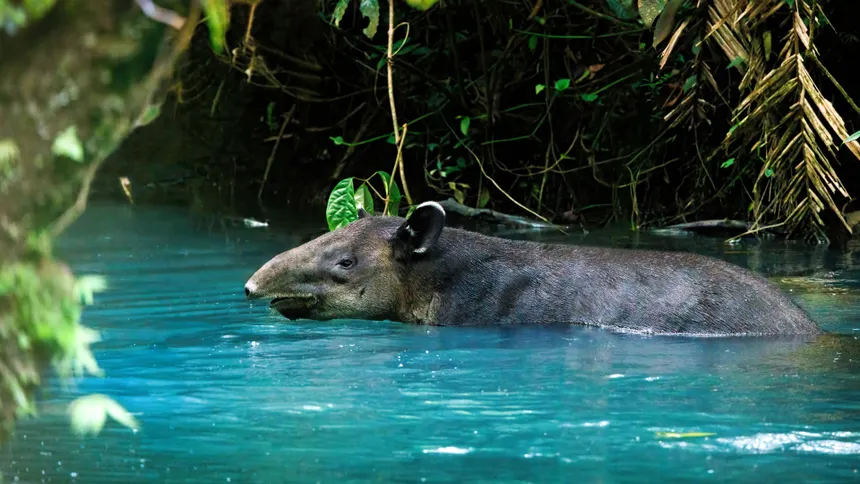What Do Tapirs Eat? A Guide to the Diet of These Rainforest Herbivores

Tapirs are large, herbivorous mammals with a pig-like body and a short, flexible snout. Found primarily in Central and South America and Southeast Asia, tapirs are often seen foraging quietly in forests and grasslands. Despite their prehistoric appearance and shy nature, tapirs play a vital role in maintaining the health of their ecosystems—especially through their feeding habits.
So, what exactly do these unique creatures eat? Let’s explore their diet in the wild and in captivity, and how their food choices influence the environment around them.
What Kind of Eaters Are Tapirs?
Tapirs are strict herbivores, which means they feed only on plant material. Their diet is highly diverse and includes a variety of vegetation types depending on their habitat and the season.
Wild Tapirs: Diet in Their Natural Habitat
In the wild, tapirs are browsers, much like deer. Instead of grazing on grass like cows, they prefer leaves, twigs, fruit, and aquatic plants. They use their prehensile snouts to grab and pull vegetation, especially from low trees and shrubs.
Here’s what’s typically on the menu for wild tapirs:
- 🌿 Leaves – especially young, tender ones
- 🍃 Twigs and branches
- 🍎 Fruits and berries – particularly fallen or low-hanging fruit
- 🌾 Grasses and ferns
- 🪻 Aquatic plants – common in rainforest regions where tapirs wade into water
- 🌱 Shoots and buds
- 🍠 Occasionally, roots and bark (especially in dry seasons)
Tapirs are mostly nocturnal feeders, meaning they do most of their eating during the night or in the early morning and late evening to avoid predators and heat.

Seasonal Diet Shifts
In rainforests and tropical regions, the availability of food changes with the seasons. During the rainy season, tapirs enjoy a greater abundance of fresh fruit and green leaves. In the dry season, they may rely more on bark, dry twigs, and roots when soft vegetation is scarce.
Tapirs and Seed Dispersal
One of the tapir’s most important ecological roles is that of a seed disperser. Because they eat a lot of fruit, they often swallow seeds whole. These seeds pass through their digestive system and are deposited in different parts of the forest through their dung, helping new plants and trees grow in areas far from the parent plant. This makes tapirs critical for forest regeneration.
Captive Tapirs: What Do They Eat in Zoos?
Tapirs in zoos and wildlife centers are given nutritionally balanced diets that mimic their wild feeding habits. Their food typically includes:
- Fresh leafy greens (like kale, lettuce, and spinach)
- Hay and alfalfa
- Fruits (apples, bananas, melons)
- Vegetables (carrots, sweet potatoes, corn)
- High-fiber pellets formulated for herbivores
Zookeepers often provide enrichment by hiding food or hanging it at different heights to encourage natural foraging behaviors.
Tapir Species and Diet Similarities
There are four main species of tapir:
- Baird’s tapir (Central America)
- Brazilian tapir (South America)
- Mountain tapir (Andes Mountains)
- Malayan tapir (Southeast Asia)
Despite their geographic differences, all species are herbivorous and follow similar dietary patterns, adapted slightly to local vegetation.

Conclusion: The Gentle Gardeners of the Forest
Tapirs are quiet but vital contributors to their ecosystems. By feeding on a wide range of plants and fruits and dispersing seeds over long distances, they act as “gardeners of the forest.” Understanding their diet helps conservationists ensure their survival in the wild and in captivity.
As habitats shrink due to deforestation and climate change, protecting what tapirs eat is just as important as protecting the tapirs themselves.



